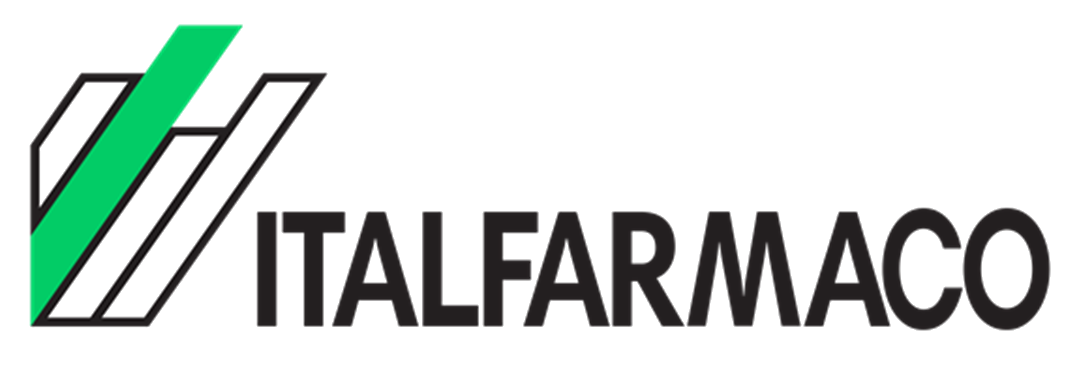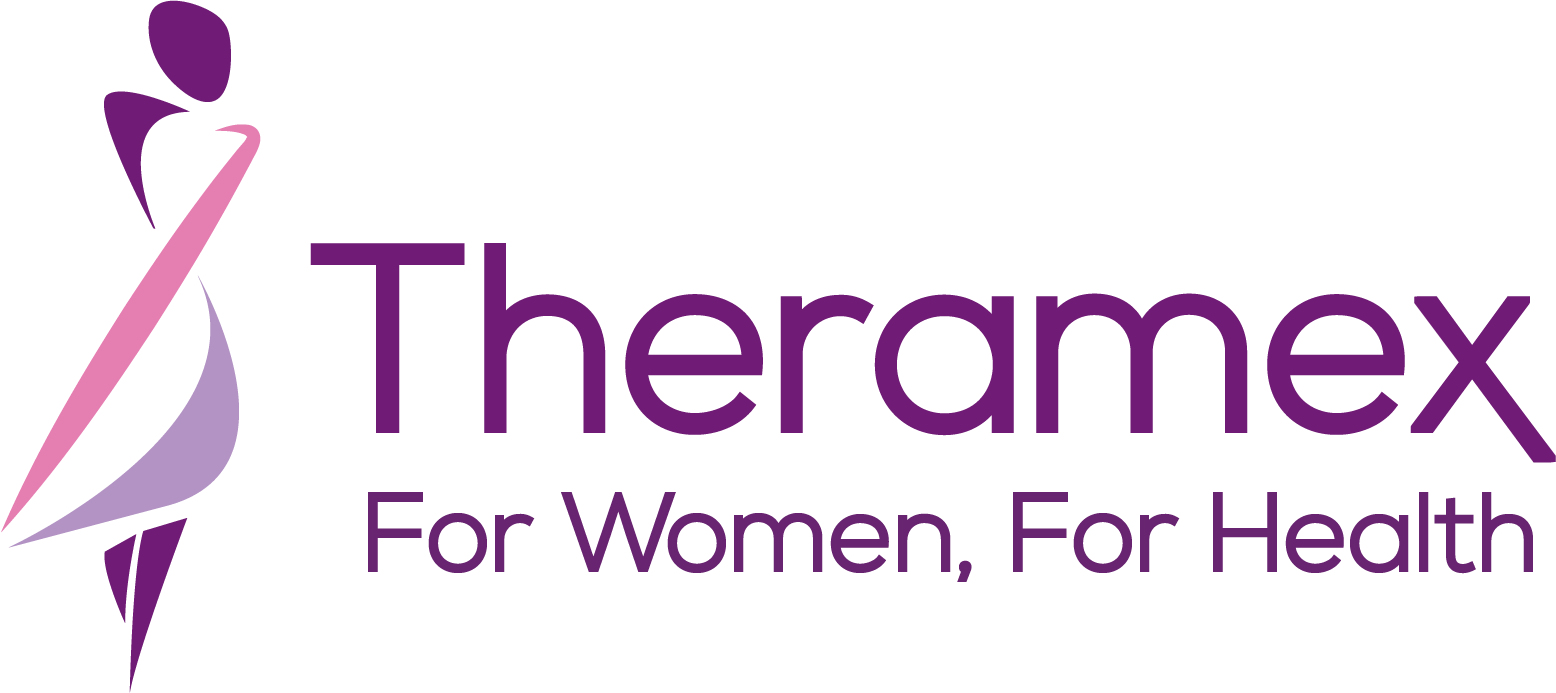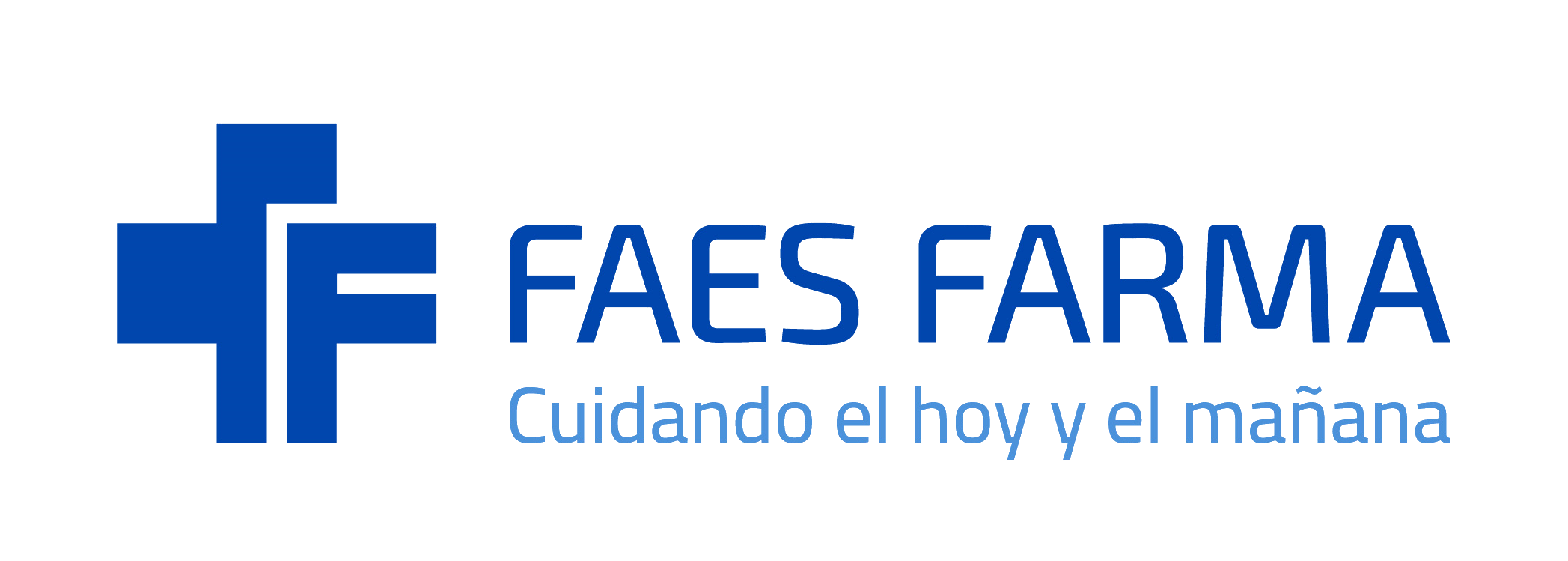Bone. 2015 May 24;79:37-42. doi: 10.1016/j.bone.2015.05.022. [Epub ahead of print]
The maintenance of bone homeostasis is largely dependent upon cellular communication between osteoclasts and osteoblasts. Microvesicles (MVs) have received a good deal of attention and are increasingly considered as mediators of intercellular communication due to their capacity to merge with and transfer a repertoire of bioactive molecular content (cargo) to recipient cells, triggering a variety of biologic responses. Here, we demonstrated that MVs shed from osteoblasts contain RANKL protein and can transfer it to osteoclast precursors through receptor ligand (RANKL-RANK), leading to stimulation of RANKL-RANK signaling to facilitate osteoclast formation. Such MV-mediated intercellular communication between osteoblasts and osteoclasts may represent a novel mechanism of bone modeling and remodeling. It may be worthwhile to further explore MVs as tools to modify the biological responses of bone cells or develop an alternative drug to treat bone diseases.
Autor: Deng L, Wang Y, Peng Y, Wu Y, Ding Y, Jiang Y, Shen Z, Fu Q.












